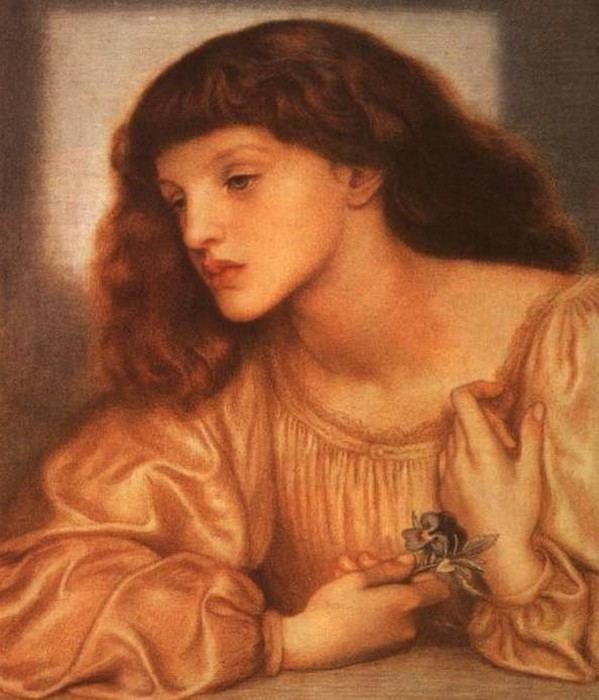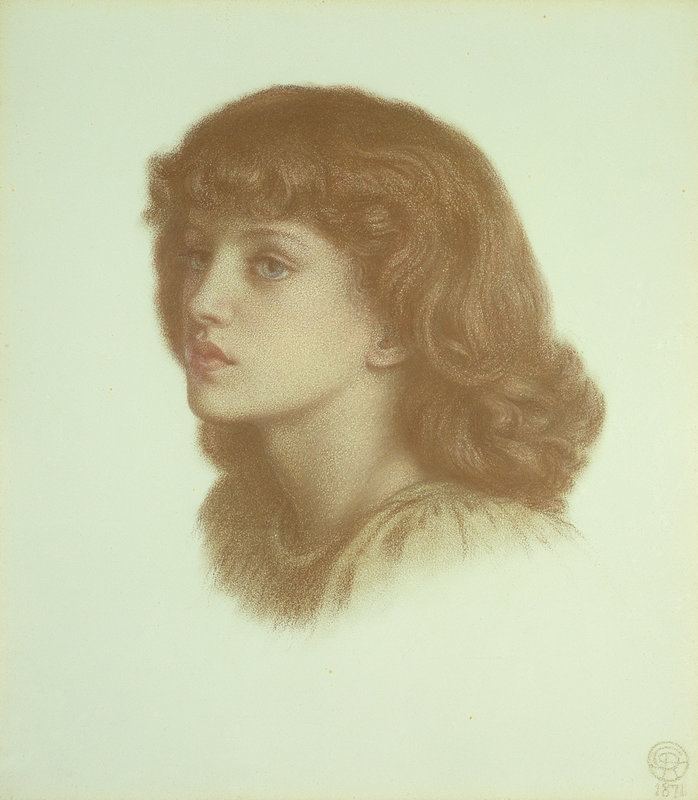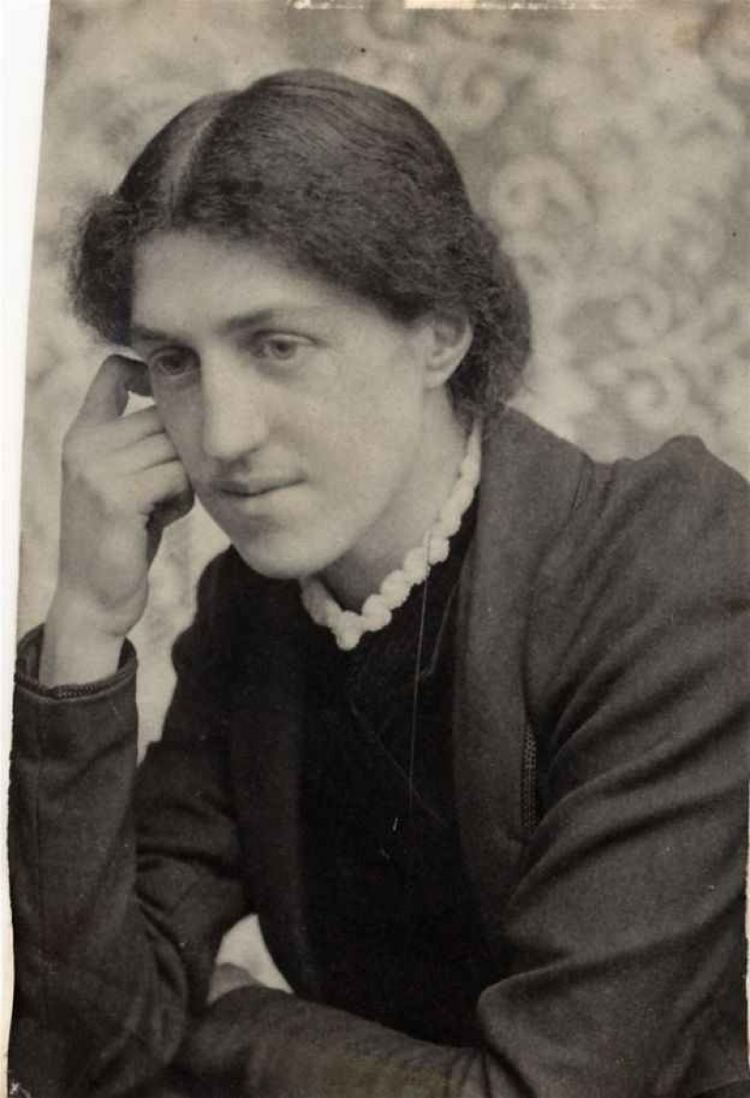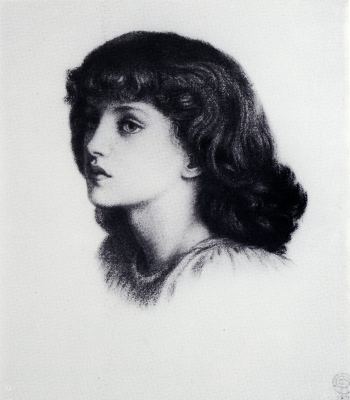Nationality English Name May Morris | Role Artisan Aunts Isabella Gil | |
 | ||
Born 25 March 1862 ( 1862-03-25 ) Occupation Embroidery designerTeacherEditor Known for Arts and Crafts movementBritish Socialism Parents Jane Morris, William Morris Books Decorative Needlework, William Morris, May Morris, 1862-1938 Grandparents William Morris, Emma Morris Similar People William Morris, Jane Morris, George Bernard Shaw, Isabella Gil | ||
Art Happens: Give May Morris the recognition she deserves
Mary "May" Morris (25 March 1862 – 17 October 1938) was an English artisan, embroidery designer, jeweller, socialist, and editor. She was the younger daughter of the Pre-Raphaelite artist and designer William Morris and his wife and artists' model Jane Morris.
Contents
- Art Happens Give May Morris the recognition she deserves
- May Morris Exhibition at William Morris Gallery
- Biography
- Embroidery
- Jewellery
- Publications
- References

May Morris Exhibition at William Morris Gallery
Biography

May Morris was born on 25 March 1862 at Red House, Bexleyheath, and named Mary, as she was born on the Feast of the Annunciation. May learned to embroider from her mother and her aunt Bessie Burden, who had been taught by William Morris. In 1881, she enrolled at the National Art Training School, precursor of the Royal College of Art, to study embroidery In 1885, aged 23, she became the Director of the Embroidery Department at her father's enterprise Morris & Co.

In 1886, May fell in love with Henry Halliday Sparling (1860–1924), Secretary of the Socialist League. Despite her mother's concerns about her future son-in-law, they married on 14 June 1890 at Fulham Register Office. The marriage broke down in 1894 as a result of her affair with a former lover, playwright George Bernard Shaw. The Sparlings were divorced in 1898, and May resumed her maiden name.

In 1907, she founded the Women’s Guild of Arts with Mary Elizabeth Turner, as the Art Workers Guild did not admit women.

She edited her father's Collected Works in 24 volumes for Longmans, Green and Company, published from 1910 to 1915, and, after his death, commissioned two houses to be built in the style that he loved in the village of Kelmscott in the Cotswolds. Her companion at Kelmscott, from 1917 until her death, was Mary Lobb, a Land Army volunteer in the village. May Morris died at Kelmscott Manor on 17 October 1938.
Embroidery
May Morris was an influential embroideress and designer, although her contributions are often overshadowed by those of her father, a towering figure in the Arts and Crafts movement. William Morris is credited with the resurrection of free-form embroidery in the style which would be termed art needlework. Art needlework emphasized freehand stitching and delicate shading in silk thread thought to encourage self-expression in the needleworker in sharp contrast with the brightly coloured Berlin wool work needlepoint and its "paint by numbers" aesthetic which had gripped much of home embroidery in the mid-19th century.
May Morris was also active in the Royal School of Art Needlework (now Royal School of Needlework), founded as a charity in 1872 under the patronage of Princess Helena to maintain and develop the art of needlework through structured apprenticeships. The school originally opened in the autumn of 1872 in rooms in Sloane Street, London, with a staff of twenty women overseen by Lady Welby and Mrs Dolby, an “authority in ecclesiastical work.” While the course available in the government schools of design for women was theoretical only, the RSAN had the distinct advantage of a practical, hands-on technical training. The school grew rapidly, and by 1875 had moved into their third locale, conveniently located in Exhibition Road next to the South Kensington Museum. The collections of ancient embroidery in the Museum were studied in an effort to understand and relearn old work.
Also among the staff at the RSAN were Jane Morris’s sister, Elizabeth Burden, who was chief technical instructor from 1880, and designers Deborah Birnbaum (c1889) and Nellie Whichelo (c1890).
May Morris taught embroidery at the LCC Central School of Art in London from 1897, and was head of the Embroidery department from 1899 until 1905, thereafter continuing her association with the Central School as Visitor until 1910.
By 1916, there were many art schools under the LCC umbrella that included embroidery in their curriculum. Among the embroidery instructors were sisters Ellen M Wright and Fanny I Wright, both previously employed in the Embroidery Dept at Morris & Co., and trained by May Morris. Ellen M Wright also taught at the Clapham School Of Art, aided by Miss F Pooley, and Eleanor R Harriss and Mrs L Frampton taught at the Hammersmith School Of Arts & Crafts.
Jewellery
Morris also designed and made jewellery. She began to design jewellery around the turn of the 20th century, and was probably inspired by the Birmingham jewellers Arthur and Georgie Gaskin, who were old family friends.
